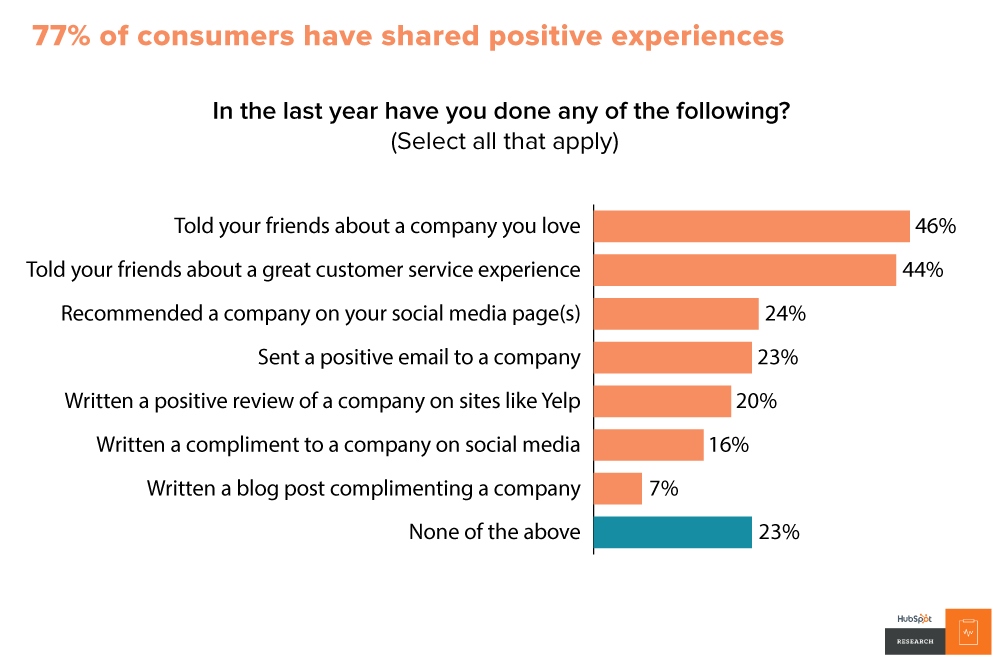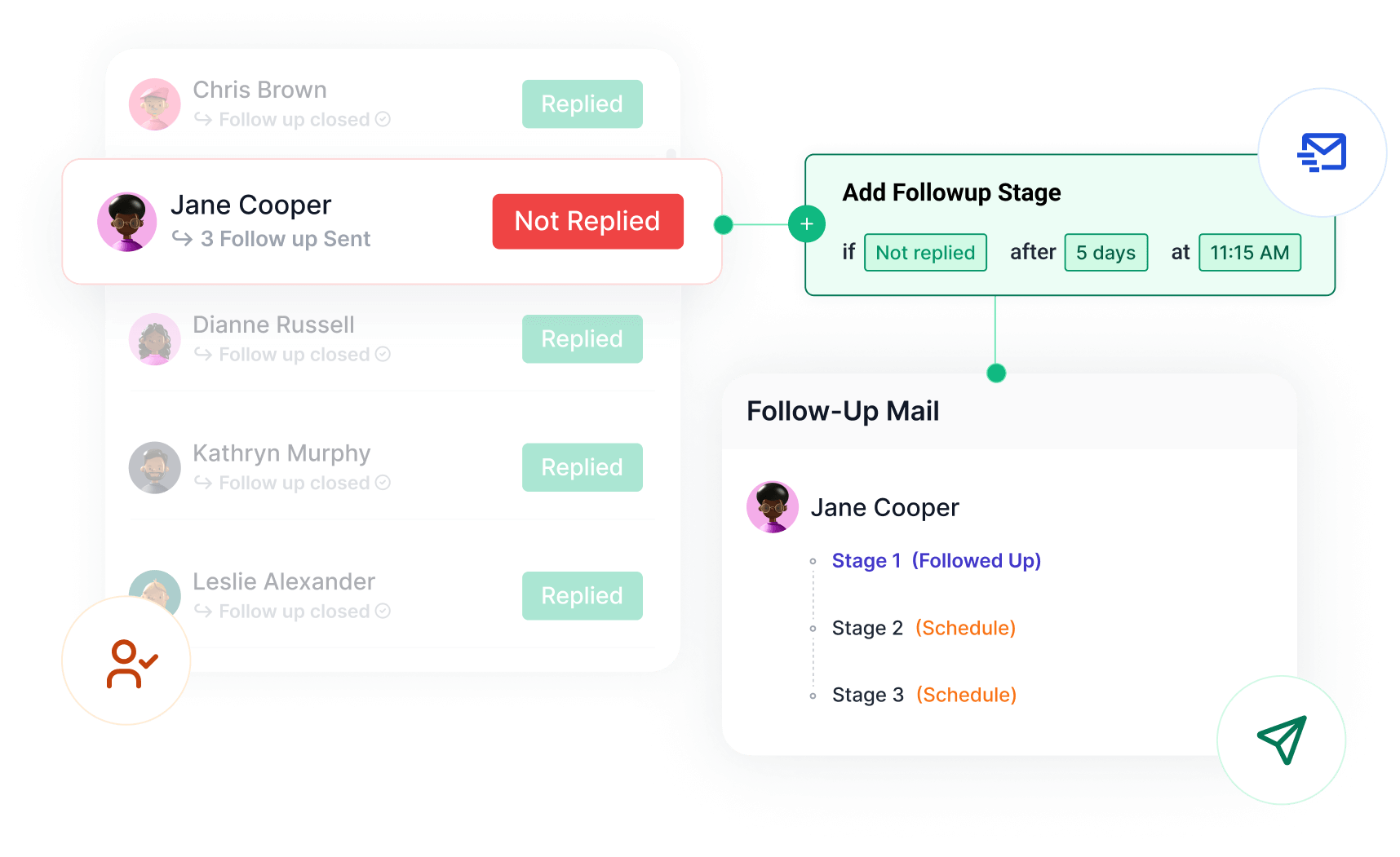Reducing SaaS Churn
In this article, we’ll provide effective churn rate strategies along with actionable tips and tricks to implement into your client engagement objectives in order to delight customers and convert them into a loyal customer base to minimize SaaS customer churn.
What Is SaaS Customer Churn?
For high growth SaaS companies, churn rate is often the one metric obsessed over every single month, even more so compared to customer acquisition costs or customer lifetime value. Yes, they are all three closely related, but churn is a great indicator of SaaS operational efficiency and speaks to customer-centric paradigm focused around keeping customer happy and paying each month.
Customer churn describes the percentage of customers that discontinue their use of your product or service over a certain amount of time. It is one of the most important metrics to focus on when scaling your business.
Your customer churn calculation is by dividing the number of customers you’ve lost during a specific time period by the number of customers you had at the start of that time period. It might not be the most exciting number to calculate, however it is essential to learning the truth and identifying areas in need of improvement within your company.
If your customer churn rate is too high, it will eventually cause problems and affect the growth of your SaaS company. Fortunately, there are steps to take to reduce your customer churn rate and boost your customer retention.
The following is a list we’ve compiled of the top 10 useful tips and strategies for both enterprise SaaS churn rate as well as growth phase SaaS start-ups looking to reduce their customer churn rates and retain users.
Short Summary
- Churn rate is a vital SaaS metric, measuring customer discontinuation.
- High churn rates affect revenue and growth, necessitating churn reduction.
- Actionable tips for SaaS churn reduction.
- Achieve lower churn rates requires a comprehensive approach.
10 Tips to Reduce Your SaaS Churn
No matter how large or how small your business is, even a low percentage of customer churn rate can mean that you are losing a significant amount of revenue each month. As a SaaS company, it is important to gain control over your customer churn rates to continue effectively growing your business.
1. Identify the Problem
When your car starts making a strange noise, you don’t just pop open up the hood and start taking things apart hoping to fix the issue. First, you figure out what the issue is exactly and then devise a plan to repair it.
The same goes for reducing your SaaS customer churn. You want to first identify the problem customers are experiencing before you know where to improve.
Customer churn is usually an indication of a much larger problem at hand. The faster you are able to pinpoint the exact reason why your SaaS customers are canceling or failing to renew their subscription, the sooner you can get to solving the problem.
2. Improve your Customer Service
In 2020, the most important aspect of any marketing strategy is the customer experience. Today, more than ever, customers have the ability to share their experience with your business instantly, so it’s critical that they have only wonderful things to say about it.

For this reason, the next essential step to reducing customer churn is ensuring that you are offering quality service throughout the entire buyer’s journey. This means responding to customer questions, following up in a timely manner, providing helpful and informative content, and acknowledging complaints and feedback. Find out why your customers are deciding to discontinue using your services.
Social media is an excellent way to connect with customers and hear their questions or concerns, and is one of the most common ways that customers reach out in 2020. It is crucial to maintain an active presence and keep up with the needs of your customers on the platforms that work best for your business.
3. Offer Customer Incentives
Once you understand the reasons why your customers are leaving, you can develop a strategy to change their mind. One of the ways to do so is to offer SaaS customer incentives for them to stay. With that said, keep in mind that all the promotions in the world will not matter, if customers are having a poor experience on your platform and a poor experience interacting with your team. An example of an incentive for an existing SaaS customer might be an upgrade to the next package for free or at a discounted price.
4. Improve Onboarding
Although offering free services doesn’t contribute to your monthly revenues, it can help improve your onboarding rates. The goal of offering a free trial or other form of content is to entice the customer and then convey the benefits of using your product or service.
A free trial works as an initial demonstration of the long-term advantages of what you have to offer. This early ‘win’ for the customer will make them more likely to become permanent customers and then active evangelists of your brand. Trials are not effective at maintaining paying customer over time without a handoff from sales to customer success.
It is all about helping your customers find success with your product or service early on in their experience. The following is a list of ways to enhance your onboarding flow:
- Decide on a single workflow that displays your product or service’s core value and create an onboarding process that guides new users through that workflow.
- Be sure to keep it simple. Avoid overwhelming your users with too many unnecessary details before they are ready for them.
- Utilize tooltips and hotspots to help users find key actions.
- Optimize your UX copy and brand messaging to effectively convey the value and beneficial factors of your product.
If a customer does not discover the value and benefit of using your product or service right off the bat, they are likely to ditch it and begin working with a different business altogether. Shortening the time in which a customer finds that value will directly affect your churn rates.
5. Develop a Strong Support Strategy
Many SaaS companies hire a support team to take care of customers’ calls with inquiries and concerns. However, if you’re relying on only a few members of your team to handle queries, you won’t get a handle on lowering your SaaS customer churn rate.
Each member of your sales and marketing and sales team should be focused on providing excellent support to your customers. This comes with ensuring that your entire team is aligned in your customers’ pain points, needs and goals. This focus on customer retention ensures you are producing measurable revenue impact, not just tactical execution.
It is also imperative that you enable your team with the tools and content that they need to engage with customers and be able to not only answer their questions, but supply them with compelling blogs, how-to guides, and other forms of content.
By encouraging an ‘all-hands-on-deck’ environment and empowering your sales and marketing professionals to focus on delighting the customers, you can greatly improve the timeliness and efficiency of handling customer requests and keeping your customers happy and satisfied.
According to Databox, the majority of SaaS businesses lose 2-3% of their MRR.
SaaS companies that invest a substantial amount of their budget into the customer churn and retention often focus on proactive customer communication aspects of their business and ensuring the satisfaction of their customers have seen a significant improvement in their monthly revenue retention.
6. Utilize a CRM to Improve Customer Relationships
Technology now allows businesses to work smarter by tracking and evaluating the activity of customers from the first time they visit your website to how they continue to interact with your brand and the services you offer. If you aren’t already using a CRM platform, you are - without a doubt - actively losing customers to your competitors.
A customer relationship management (CRM) platform like the HubSpot CRM can help your team to work more efficiently and better understand the needs of your customers. It is a one-stop shop for your whole team to review customer engagement efforts, customer communication, qualify leads, and access all of your marketing and sales enablement content.

A CRM can also be set up to remind your team to follow up with customers and it can incorporate email sequences to send out automatic emails to offer support and generate feedback. SaaS companies that use CRM software are able to build more authentic and longer lasting relationships with their potential and existing customers.
For HubSpot customers, HubSpot’s CRM dashboard is an effective tool. It displays your sales pipeline and the amount of leads entering and leaving, while also laying out your benchmarks for scalable SaaS churn metrics so that you can thoroughly compare your month-to-month activity, including your customer churn rates.
While integrating a CRM is essential, keep in mind that building an authentic relationship with a customer starts with human interaction. When a customer first discovers your business and shows interest in what you have to offer, it is important that your initial communication is done in a “human way”, not just the usual automated onboarding sequence.
A great way to achieve this is by sending an email from the CEO or account manager that doesn’t contain obvious marketing lingo. It should be written in plain text and show that there is a real human on the other end of the line.
7. Identify Users that are “At-Risk”
Don’t wait for customers to cancel their subscriptions before you deploy your efforts to keep them around. That is a big mistake that many SaaS businesses don’t realize they are making. You should strategize by analyzing key indicators of risk and particular customer behaviors to pinpoint any issues before the customer even realizes there might be one.
Fortunately, with the right software, you can collect data about the usage of your products, which helps you identify at-risk customer engagement opportunities to proactively prevent customer churn. Data can display patterns in customers' activity that indicate whether a customer is a healthy one or likely to cancel.
Furthermore, your software can be set up to alert your sales teams when they detect a customer is on the edge of discontinuing their subscription. Sales pros can then reach out accordingly and ensure that a customer is satisfied with their experience.
Another effective way to identify customers that are at-risk is thoroughly defining your ideal customer profiles and target buyer personas by demographic, geography, industry, company size and more. This will allow you to determine which of these segments is displaying the highest and lowest churn rates. Using this information, you can focus your efforts and resources on the segments with low churn.
This doesn’t mean you should not embrace the possibility that a customer within the high-churn segments might be interested in purchasing. You may discover something you don’t know, and open up a whole new realm of opportunity.
8. Deliver Unique Offers to At-Risk Customers
After comprehensive evaluation of your risk and churn indicators, you can then develop a strategy to address these customers before you lose them. According to April Rassa of Brightback, the key is “to meet your customers at the right place, at the right time with the right offer for the right reason.”
9. Ask for Feedback and Take Action On It
When a customer decides to cancel their subscription, it is important to follow up with them and find out why. This not only provides an opportunity for you to win them back, but learn how you can prevent other customers from cancelling as well.
You can reach out to these customers by emailing them and asking them to provide feedback about your services. This should not be an automated email, but a personal, hand-written letter from the founder or CEO.
Customers are generally willing and happy to provide feedback. You can gain valuable insight into what you can do to improve your services.
Once you’ve collected feedback, it’s time to run with it and take action. You have a better chance at retaining these customers by letting them know you are implementing ways to address the issues they experienced.
10. Go Traditional , Yet Data-Driven
Lastly, SaaS companies that implement more traditional, offline ways of connecting and engaging with customers have seen a decrease in their monthly customer churn rates. Again, it is important that the customer feels a human connection.
Sending out handwritten postcards to your new customers after they have made their first payment is an excellent way to take things offline. A simple thank you card can have a significant impact on your customers and help them develop an authentic bond with your brand.
Bottom Line On Minimizing Churn Rates
If your SaaS platform is experiencing a high customer churn rate, don’t stress. It isn’t the end of the world. In fact, customer churn is an inevitable reality that all SaaS companies have to deal with at some point or another.
There are steps you can take to effectively lower customer churn and improve the customer experience overall at the same time. By implementing the actionable tips and tactics we’ve provided above and monitoring your results, you can stop losing customers and boost your retention rates.
If you are in need of more hands on deck, there are specialists that can help. Working with an experienced SaaS marketing agency with expertise in inbound methodology for SaaS businesses can assist you in developing a stronger strategy, improving the customer experience and ultimately, reducing your SaaS customer churn rates.
Stop stressing about your SaaS customer churn problem and leverage the knowledge above as a roadmap to start building authentic, long-lasting relationships with your customers. This is the key to driving and accelerating the growth of your business and turning happy customers into evangelists who serve as a steady stream of referrals to new customers.
Frequently Asked Questions
What is SaaS churn rate?
SaaS churn rate measures the percentage of customers or revenue lost over a specific period, typically due to cancellations or non-renewals.
Why is reducing SaaS churn rate important?
Reducing churn rate is vital because it directly impacts the revenue and growth of a SaaS business. Lower churn means more predictable and sustainable revenue.
What are common reasons for high SaaS churn?
High SaaS churn can result from poor onboarding, unmet customer expectations, lack of value, or competitive alternatives.
How can businesses improve customer onboarding to reduce churn?
Improved onboarding involves clear communication, proactive support, and guiding customers to realize the full value of the SaaS product.
What strategies can be employed to retain existing SaaS customers?
Strategies include offering product updates, excellent customer support, gathering feedback, and providing personalized experiences to meet customer needs.
How can data analysis assist in reducing SaaS churn rate?
Data analysis helps identify patterns and trends in customer behavior, enabling businesses to make data-driven decisions and implement targeted interventions to reduce churn.
Share this
You May Also Like
These Related Stories

Definitive Guide To Maximizing Your SaaS Conversion Rate

B2B SaaS SEO Made Simple: A Step-by-Step Guide

